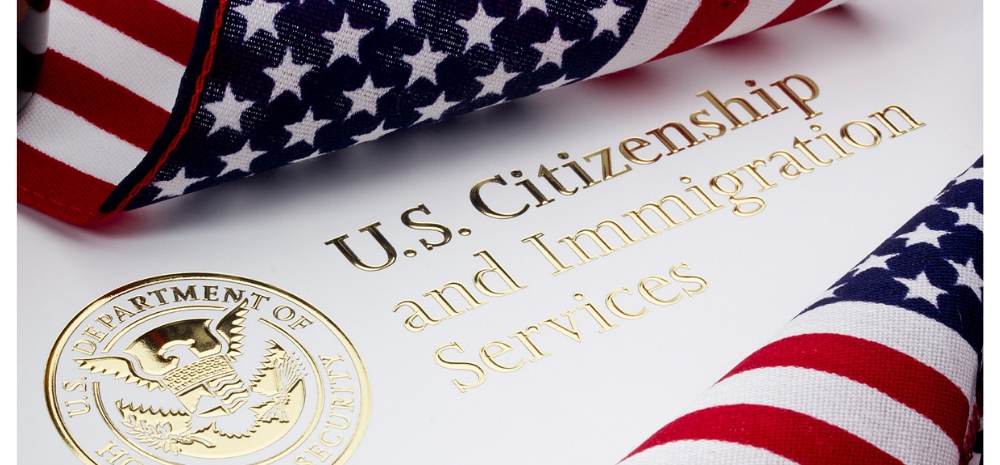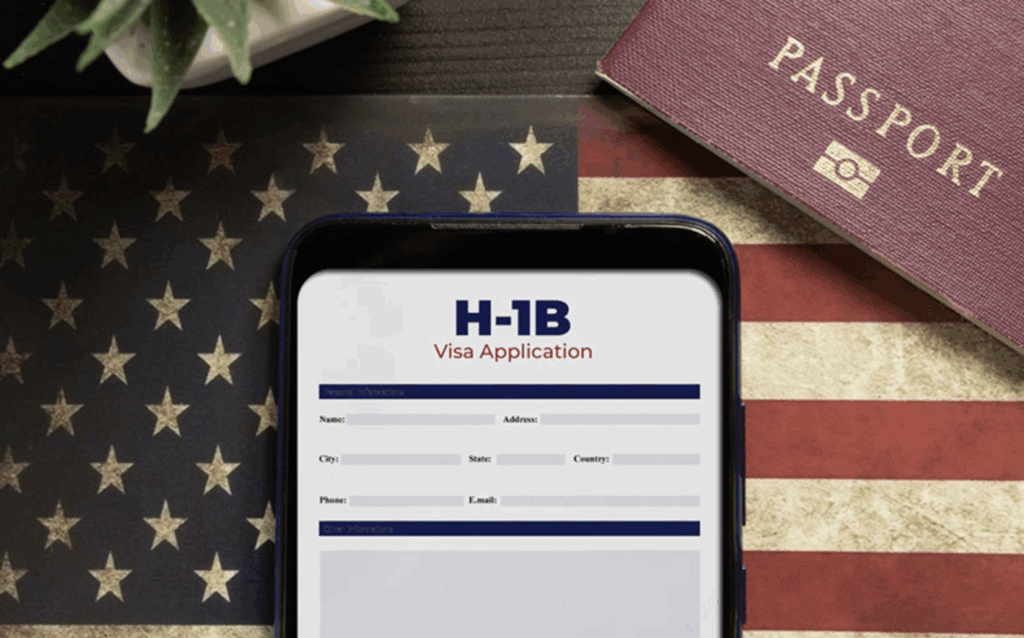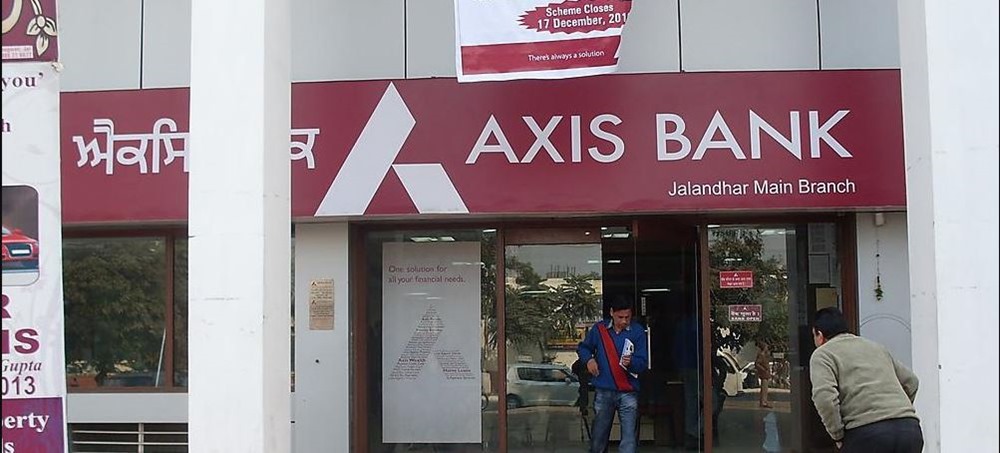Starting August 19, 2024, the US Citizenship and Immigration Services (USCIS) will accept petitions for legalisation from certain undocumented spouses and stepchildren of US citizens. This move aims to provide a pathway to citizenship for over 500,000 foreign national spouses and 50,000 foreign national stepchildren who entered the US without a visa.

Path to Citizenship Program
The “path to citizenship” program targets non-citizen spouses and stepchildren of US citizens, offering them a chance to apply for permanent residency or citizenship. According to the US Department of Homeland Security (DHS), approximately 500,000 non-citizen spouses eligible for this program have resided in the US for an average of 23 years. The initiative seeks to address the long-term presence of these individuals and integrate them legally into the country.
Eligibility and Requirements
To qualify for this program, candidates must meet specific criteria:
- Marriage and Residency: Applicants must prove that they were married to a US citizen (or are the stepchild of one) as of June 17, 2024, and have lived in the US for at least 10 years without authorization.
- Criminal History: Candidates must have a clean criminal record, free of any offenses that would disqualify them from consideration.
Eligible individuals will be granted “parole in place” status, allowing them to live and work legally in the US without fear of deportation. Within three years, they may be granted a Green Card, paving the way for permanent residency and eventual citizenship.
Required Documentation
Applicants must provide various documents to establish their eligibility, including:
- Personal Identification: Valid state or national driver’s license, passport, or birth certificate with photo ID.
- Proof of Marriage: Birth certificate, passport, or Certificate of Naturalization of the US citizen spouse.
- Continuous Residency: Documents proving continuous US residence since June 17, 2024, such as utility bills, rent receipts, medical records, school records, and attestations from unions or religious institutions.
- Noncitizen Children: Evidence of the child’s relationship to the non-citizen parent (e.g., adoption decree or birth certificate) and proof of the non-citizen parent’s lawful marriage to a US citizen.
Challenges and Outlook
While the program offers significant benefits, it also poses challenges. Applicants must gather comprehensive documentation and meet stringent criteria. However, the initiative represents a crucial step toward integrating long-term undocumented residents into the US legal framework, promoting stability and security for affected families.
Conclusion
The USCIS’s new initiative marks a vital development in US immigration policy, providing a structured pathway for undocumented spouses and stepchildren of US citizens to achieve permanent residency and citizenship. With the potential to positively impact over half a million individuals, this program underscores the commitment to addressing immigration issues humanely and effectively.













